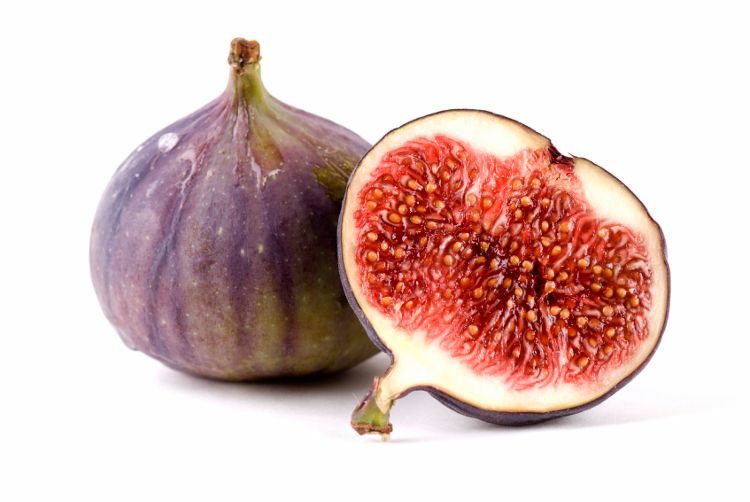Fig fruit extract may support glucose and insulin response
A fig fruit extract standardized in abscisic acid content may help manage healthy blood sugar.
Photo © iStockphoto.com/ Ockra

A fig fruit extract standardized in abscisic acid content may help manage healthy blood sugar. Euromed USA (Bridgeville, PA) presented preliminary data at the 78th Annual American Diabetes Association meeting, providing evidence that its fig fruit extract, ABAlife, supports glucose and insulin response in healthy subjects.
Abscisic acid (ABA) is found naturally in fruits and vegetables such as apples, avocados, cucumbers, but a lack of fruit and vegetable consumption in the United States may mean that people don’t have enough ABA in their system1. In the body, ABA is released by pancreatic beta-cells following high glucose consumption and in turn, ABA stimulates both glucose-independent and glucose-dependent insulin release. ABA also improves the efficiency of a glucose transporter called Glut 4, supporting glucose uptake into the cells and enhancing insulin efficiency. This is important because chronically high glucose levels cause insulin resistance in which body's muscle, fat, and liver cells no longer respond properly to insulin and do not effectively absorb glucose from the blood stream. This forces the pancreas to ramp up production of insulin, which over time is unsustainable, leading to too much glucose in the system and not enough insulin, putting individuals at risk for prediabetes and even type 2 diabetes.
Andrea Zangara, Euromed’s scientific marketing manager, presented the preliminary data from a new study conducted by researchers at the Glycemic Index Research Service (SUGiRS), University of Sydney, School of Life and Environmental Sciences. In the study, 10 healthy normal-weight subjects were given 1) a control glucose solution (50 g) in 250 ml of water, 2) a test food #1 (the control glucose solution plus 200 mg ABAlife in 250 ml of water), and 3) test food #2 (the control glucose solution plus 100 mg ABAlife in 250 ml of water). Each subject was given the control food and each test food, divided by a 10-hour fasting period between each. A fasting blood sample was taken before administration of the control or test foods and then additional blood samples were taken at 15, 30, 45, 60, 90, and 120 minutes.
Results showed that the fig fruit extract was able to lower peak and overall glycemic and insulinemic responses between 30 and 120 minutes compared to the control food. Test food #1, with 200 mg of ABAlife, had a statistically significant response, lowering glycemic index and insulinemic index (a measure of how much insulin the body releases after a meal) by 25% and 24%, respectively. Test food #2 did not produce a statistically significant reduction in glycemic index but did produce a statistically significant reduction in insulinemic index.
References:
1. Zocchi E et al. “Abscisic acid: a novel nutraceutical for glycemic control.” Frontiers in Nutrition. Published online June 13, 2017.







